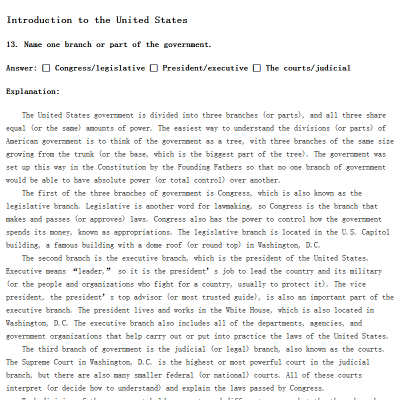Understanding the Impact of Loan Ratio Value on Your Financial Health
#### What is Loan Ratio Value?Loan ratio value, also known as debt-to-income ratio (DTI), is a crucial metric that lenders use to assess an individual's abi……
#### What is Loan Ratio Value?
Loan ratio value, also known as debt-to-income ratio (DTI), is a crucial metric that lenders use to assess an individual's ability to manage monthly payments and repay debts. It is calculated by dividing total monthly debt payments by gross monthly income. A lower loan ratio value indicates a healthier financial situation, while a higher ratio may signal potential financial distress.
#### The Importance of Loan Ratio Value
Understanding loan ratio value is essential for anyone looking to borrow money, whether for a mortgage, personal loan, or credit card. Lenders use this ratio as a key factor in determining creditworthiness. A lower loan ratio value can lead to better loan terms, such as lower interest rates and higher borrowing limits. Conversely, a high loan ratio value may result in loan denial or unfavorable terms, making it crucial for borrowers to manage their debts effectively.
#### How to Calculate Loan Ratio Value
To calculate your loan ratio value, follow these steps:
1. **Determine Monthly Debt Payments**: Add up all your monthly debt obligations, including mortgage payments, car loans, student loans, credit card payments, and any other debts.

2. **Calculate Gross Monthly Income**: This includes all sources of income before taxes and deductions, such as salary, bonuses, rental income, and any side jobs.
3. **Apply the Formula**: Divide your total monthly debt payments by your gross monthly income and multiply by 100 to get a percentage.
For example, if your monthly debts total $2,000 and your gross income is $5,000, your loan ratio value would be (2000 / 5000) * 100 = 40%.
#### Ideal Loan Ratio Value
Most financial experts recommend keeping your loan ratio value below 36%. This threshold helps ensure that you are not over-leveraged and can comfortably manage your debts. A loan ratio value between 36% and 43% may still be acceptable for some lenders, but anything above 43% is generally considered risky and may lead to difficulties in securing loans.

#### Strategies to Improve Your Loan Ratio Value
Improving your loan ratio value can significantly enhance your borrowing potential. Here are some strategies:
1. **Increase Your Income**: Look for opportunities to increase your income, whether through a raise, a promotion, or a side job.
2. **Pay Down Existing Debt**: Focus on paying off high-interest debts first, which can help lower your monthly obligations and improve your loan ratio value.
3. **Avoid New Debt**: Refrain from taking on additional debt while working to improve your loan ratio value, as this can hinder your progress.

4. **Budget Wisely**: Create a budget to manage your expenses better, allowing you to allocate more funds toward debt repayment.
#### Conclusion
In conclusion, the loan ratio value is a vital component of your financial health and plays a significant role in your ability to secure loans. By understanding how to calculate and improve this ratio, you can enhance your creditworthiness and increase your chances of receiving favorable loan terms. Always strive to maintain a loan ratio value that reflects a balanced approach to debt management, ensuring a stable financial future.